Cogs Crunch
Knowledge Sharing Format
Client: Cogs
My Role: Ideator, Facilitator
Here at Cogs, we strive to constantly improve ourselves and gain insight into the clients we work with on a daily basis. To achieve this, we invite industry thought leaders for lunch to discuss their journey and share insights into current trends and developments in their field. Cogs Crunch is a platform that we have developed which helps us improve our services not only by staying up to date and deepening our understanding of the speaker’s field of work but also lets us pass this knowledge on to our clients and candidates.
Many of our clients at Cogs are currently facing challenges that come with the change processes associated with digital transformation. New technologies shape the tech and design talent that companies are looking for. Potential candidates need to think customer-centric and create engaging user experiences. But what are the skill sets needed to do so?
Cogs Crunch
Knowledge Sharing Format
Client: Cogs
My Role: Ideator, Facilitator
Here at Cogs, we strive to constantly improve ourselves and gain insight into the clients we work with on a daily basis. To achieve this, we invite industry thought leaders for lunch to discuss their journey and share insights into current trends and developments in their field. Cogs Crunch is a platform that we have developed which helps us improve our services not only by staying up to date and deepening our understanding of the speaker’s field of work but also lets us pass this knowledge on to our clients and candidates.
Many of our clients at Cogs are currently facing challenges that come with the change processes associated with digital transformation. New technologies shape the tech and design talent that companies are looking for. Potential candidates need to think customer-centric and create engaging user experiences. But what are the skill sets needed to do so?
Cogs Crunch
Knowledge Sharing Format
Client: Cogs
My Role: Ideator, Facilitator
Here at Cogs, we strive to constantly improve ourselves and gain insight into the clients we work with on a daily basis. To achieve this, we invite industry thought leaders for lunch to discuss their journey and share insights into current trends and developments in their field. Cogs Crunch is a platform that we have developed which helps us improve our services not only by staying up to date and deepening our understanding of the speaker’s field of work but also lets us pass this knowledge on to our clients and candidates.
Many of our clients at Cogs are currently facing challenges that come with the change processes associated with digital transformation. New technologies shape the tech and design talent that companies are looking for. Potential candidates need to think customer-centric and create engaging user experiences. But what are the skill sets needed to do so?
Cogs Crunch
Knowledge Sharing Format
Client: Cogs
My Role: Ideator, Facilitator
Here at Cogs, we strive to constantly improve ourselves and gain insight into the clients we work with on a daily basis. To achieve this, we invite industry thought leaders for lunch to discuss their journey and share insights into current trends and developments in their field. Cogs Crunch is a platform that we have developed which helps us improve our services not only by staying up to date and deepening our understanding of the speaker’s field of work but also lets us pass this knowledge on to our clients and candidates.
Many of our clients at Cogs are currently facing challenges that come with the change processes associated with digital transformation. New technologies shape the tech and design talent that companies are looking for. Potential candidates need to think customer-centric and create engaging user experiences. But what are the skill sets needed to do so?
Cogs Crunch
Knowledge Sharing Format
Client: Cogs
My Role: Ideator, Facilitator
Here at Cogs, we strive to constantly improve ourselves and gain insight into the clients we work with on a daily basis. To achieve this, we invite industry thought leaders for lunch to discuss their journey and share insights into current trends and developments in their field. Cogs Crunch is a platform that we have developed which helps us improve our services not only by staying up to date and deepening our understanding of the speaker’s field of work but also lets us pass this knowledge on to our clients and candidates.
Many of our clients at Cogs are currently facing challenges that come with the change processes associated with digital transformation. New technologies shape the tech and design talent that companies are looking for. Potential candidates need to think customer-centric and create engaging user experiences. But what are the skill sets needed to do so?
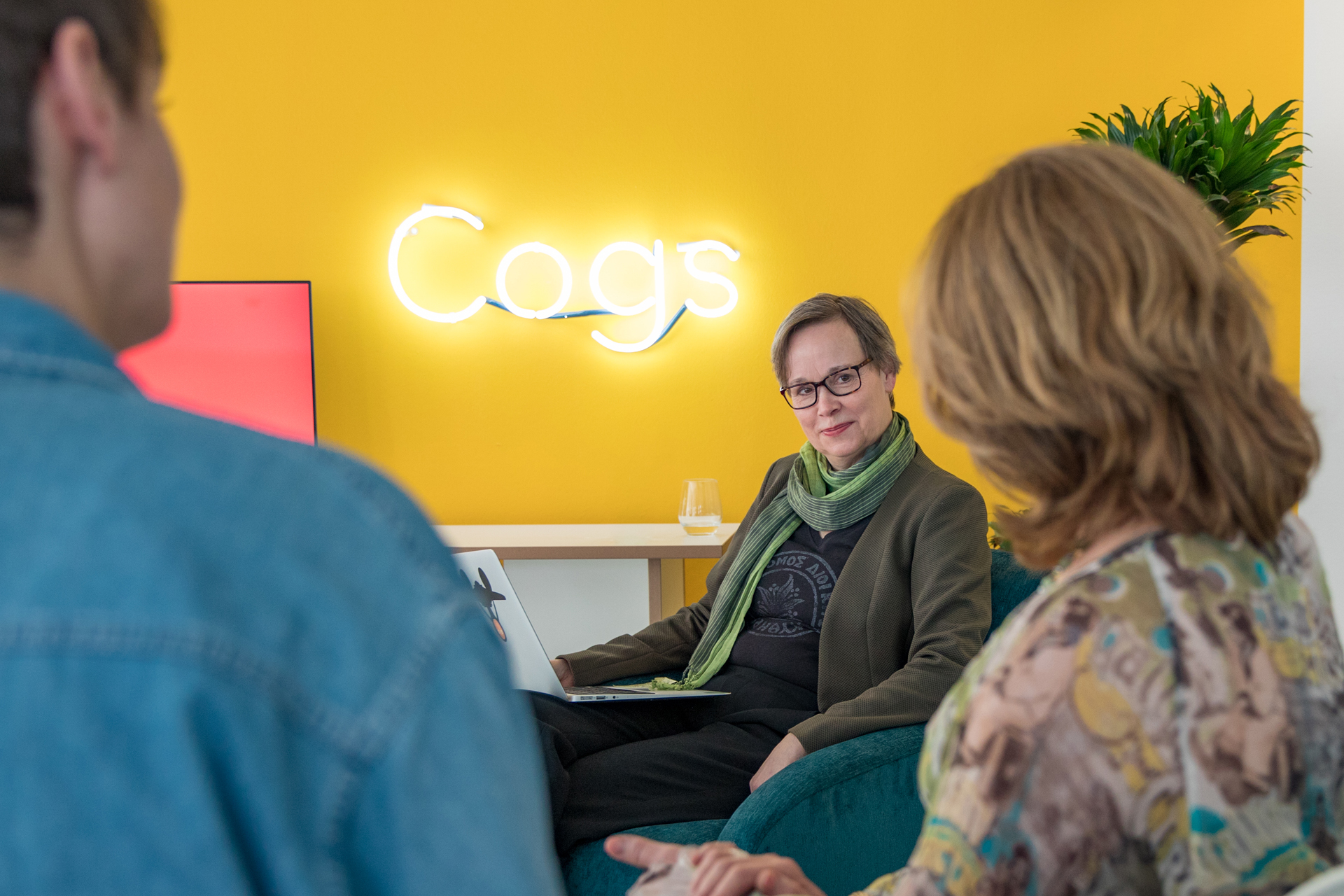
Empathy in the Age of Digital Transformation
Why asking the right questions is the skill of the future Featuring Pia Betton
To get more insight into the change processes our clients are undergoing and what skills are needed for candidates to meet those changes, we invited Pia Betton, Design Lead at Nutanix. Pia consults companies including Lego, Bang & Olufsen and Bosch on topics such as brand design, service design, and innovation. In her work, Pia uses Design Thinking as an approach to enable decision makers to break out of their daily mindset when it comes to innovation.
The main question is not what can new technologies do for us, but what do the customers need? Design Thinking is about understanding people and their attitudes, behaviours and needs. Pia’s approach is straightforward, yet nuanced and digs deeper into who we are as humans: “You have to understand who the customer is you’re designing for. You need human skills. You need real-life experience. What are people afraid of, what are their wishes and dreams?” In the past, strategic decisions were often based on hard numbers, without asking why customers make the decisions they make. To understand what motivates them, Pia highlights one skill as essential: empathy.
What does using empathy look like in practice in a design thinking context?
Pia explains the basics of Design Thinking. Her team usually starts by conducting research to figure out what the customers’ attitudes and motivations are. Through workshops and interviews, they define personas – fictional characters that represent user types with similar characteristics in terms of experiences, goals, and needs. Personas can often be very detailed and include the emotional needs of the customers, their values, lifestyle, and decision making, which helps to visualize them.
Using empathy is important to find who you are designing for, even if this person is drastically different from your own self. Using these personas, Pia and her team are then able to ideate and prototype strategies for new service experiences. Pia emphasizes the importance of having conducted first-hand interviews: “By talking to people – your friends or your neighbourhood – interesting conversations start to happen. You start to understand other people’s’ perspectives. When you see numbers on a slide, 20% think so and 40% think so, you think: ‘Have I ever met a person like this?’ But if it’s your own neighbour, it becomes concrete and relatable.”
Asking the right – seemingly “stupid” – questions and defining shared vocabulary
In our discussion with Pia, we found several aspects of our work at Cogs that show a clear overlap. To be able to come up with meaningful solutions, you have to understand and clearly define the problem at hand. And you do that by asking the right questions. “As service providers,” Pia says, “we assume our clients know what they want. But how well do they really know their business and their customers? One thing I always try to do is to ask stupid questions because they make people think: Well, it’s a stupid question, but actually … I’ve never thought about it.” And it is not only important to understand the individual, but also the context in which they operate, in order to understand their needs and to find the right solution.
With new technologies transforming the way we do business, creating products and services, and interacting with people, human skills are sought after more than ever. Hearing the echo of your users’ needs reflected in your approach through empathy and a shared understanding is and will continue to be crucial when designing the future.
Empathy in the Age of Digital Transformation
Why asking the right questions is the skill of the future Featuring Pia Betton
To get more insight into the change processes our clients are undergoing and what skills are needed for candidates to meet those changes, we invited Pia Betton, Design Lead at Nutanix. Pia consults companies including Lego, Bang & Olufsen and Bosch on topics such as brand design, service design, and innovation. In her work, Pia uses Design Thinking as an approach to enable decision makers to break out of their daily mindset when it comes to innovation.
The main question is not what can new technologies do for us, but what do the customers need? Design Thinking is about understanding people and their attitudes, behaviours and needs. Pia’s approach is straightforward, yet nuanced and digs deeper into who we are as humans: “You have to understand who the customer is you’re designing for. You need human skills. You need real-life experience. What are people afraid of, what are their wishes and dreams?” In the past, strategic decisions were often based on hard numbers, without asking why customers make the decisions they make. To understand what motivates them, Pia highlights one skill as essential: empathy.
What does using empathy look like in practice in a design thinking context?
Pia explains the basics of Design Thinking. Her team usually starts by conducting research to figure out what the customers’ attitudes and motivations are. Through workshops and interviews, they define personas – fictional characters that represent user types with similar characteristics in terms of experiences, goals, and needs. Personas can often be very detailed and include the emotional needs of the customers, their values, lifestyle, and decision making, which helps to visualize them.
Using empathy is important to find who you are designing for, even if this person is drastically different from your own self. Using these personas, Pia and her team are then able to ideate and prototype strategies for new service experiences. Pia emphasizes the importance of having conducted first-hand interviews: “By talking to people – your friends or your neighbourhood – interesting conversations start to happen. You start to understand other people’s’ perspectives. When you see numbers on a slide, 20% think so and 40% think so, you think: ‘Have I ever met a person like this?’ But if it’s your own neighbour, it becomes concrete and relatable.”
Asking the right – seemingly “stupid” – questions and defining shared vocabulary
In our discussion with Pia, we found several aspects of our work at Cogs that show a clear overlap. To be able to come up with meaningful solutions, you have to understand and clearly define the problem at hand. And you do that by asking the right questions. “As service providers,” Pia says, “we assume our clients know what they want. But how well do they really know their business and their customers? One thing I always try to do is to ask stupid questions because they make people think: Well, it’s a stupid question, but actually … I’ve never thought about it.” And it is not only important to understand the individual, but also the context in which they operate, in order to understand their needs and to find the right solution.
With new technologies transforming the way we do business, creating products and services, and interacting with people, human skills are sought after more than ever. Hearing the echo of your users’ needs reflected in your approach through empathy and a shared understanding is and will continue to be crucial when designing the future.
Empathy in the Age of Digital Transformation
Why asking the right questions is the skill of the future
Featuring Pia Betton
To get more insight into the change processes our clients are undergoing and what skills are needed for candidates to meet those changes, we invited Pia Betton, Design Lead at Nutanix. Pia consults companies including Lego, Bang & Olufsen and Bosch on topics such as brand design, service design, and innovation. In her work, Pia uses Design Thinking as an approach to enable decision makers to break out of their daily mindset when it comes to innovation.
The main question is not what can new technologies do for us, but what do the customers need? Design Thinking is about understanding people and their attitudes, behaviours and needs. Pia’s approach is straightforward, yet nuanced and digs deeper into who we are as humans: “You have to understand who the customer is you’re designing for. You need human skills. You need real-life experience. What are people afraid of, what are their wishes and dreams?” In the past, strategic decisions were often based on hard numbers, without asking why customers make the decisions they make. To understand what motivates them, Pia highlights one skill as essential: empathy.
What does using empathy look like in practice in a design thinking context?
Pia explains the basics of Design Thinking. Her team usually starts by conducting research to figure out what the customers’ attitudes and motivations are. Through workshops and interviews, they define personas – fictional characters that represent user types with similar characteristics in terms of experiences, goals, and needs. Personas can often be very detailed and include the emotional needs of the customers, their values, lifestyle, and decision making, which helps to visualize them.
Using empathy is important to find who you are designing for, even if this person is drastically different from your own self. Using these personas, Pia and her team are then able to ideate and prototype strategies for new service experiences. Pia emphasizes the importance of having conducted first-hand interviews: “By talking to people – your friends or your neighbourhood – interesting conversations start to happen. You start to understand other people’s’ perspectives. When you see numbers on a slide, 20% think so and 40% think so, you think: ‘Have I ever met a person like this?’ But if it’s your own neighbour, it becomes concrete and relatable.”
Asking the right – seemingly “stupid” – questions and defining shared vocabulary
In our discussion with Pia, we found several aspects of our work at Cogs that show a clear overlap. To be able to come up with meaningful solutions, you have to understand and clearly define the problem at hand. And you do that by asking the right questions. “As service providers,” Pia says, “we assume our clients know what they want. But how well do they really know their business and their customers? One thing I always try to do is to ask stupid questions because they make people think: Well, it’s a stupid question, but actually … I’ve never thought about it.” And it is not only important to understand the individual, but also the context in which they operate, in order to understand their needs and to find the right solution.
With new technologies transforming the way we do business, creating products and services, and interacting with people, human skills are sought after more than ever. Hearing the echo of your users’ needs reflected in your approach through empathy and a shared understanding is and will continue to be crucial when designing the future.
Empathy in the Age of Digital Transformation
Why asking the right questions is the skill of the future Featuring Pia Betton
To get more insight into the change processes our clients are undergoing and what skills are needed for candidates to meet those changes, we invited Pia Betton, Design Lead at Nutanix. Pia consults companies including Lego, Bang & Olufsen and Bosch on topics such as brand design, service design, and innovation. In her work, Pia uses Design Thinking as an approach to enable decision makers to break out of their daily mindset when it comes to innovation.
The main question is not what can new technologies do for us, but what do the customers need? Design Thinking is about understanding people and their attitudes, behaviours and needs. Pia’s approach is straightforward, yet nuanced and digs deeper into who we are as humans: “You have to understand who the customer is you’re designing for. You need human skills. You need real-life experience. What are people afraid of, what are their wishes and dreams?” In the past, strategic decisions were often based on hard numbers, without asking why customers make the decisions they make. To understand what motivates them, Pia highlights one skill as essential: empathy.
What does using empathy look like in practice in a design thinking context?
Pia explains the basics of Design Thinking. Her team usually starts by conducting research to figure out what the customers’ attitudes and motivations are. Through workshops and interviews, they define personas – fictional characters that represent user types with similar characteristics in terms of experiences, goals, and needs. Personas can often be very detailed and include the emotional needs of the customers, their values, lifestyle, and decision making, which helps to visualize them.
Using empathy is important to find who you are designing for, even if this person is drastically different from your own self. Using these personas, Pia and her team are then able to ideate and prototype strategies for new service experiences. Pia emphasizes the importance of having conducted first-hand interviews: “By talking to people – your friends or your neighbourhood – interesting conversations start to happen. You start to understand other people’s’ perspectives. When you see numbers on a slide, 20% think so and 40% think so, you think: ‘Have I ever met a person like this?’ But if it’s your own neighbour, it becomes concrete and relatable.”
Asking the right – seemingly “stupid” – questions and defining shared vocabulary
In our discussion with Pia, we found several aspects of our work at Cogs that show a clear overlap. To be able to come up with meaningful solutions, you have to understand and clearly define the problem at hand. And you do that by asking the right questions. “As service providers,” Pia says, “we assume our clients know what they want. But how well do they really know their business and their customers? One thing I always try to do is to ask stupid questions because they make people think: Well, it’s a stupid question, but actually … I’ve never thought about it.” And it is not only important to understand the individual, but also the context in which they operate, in order to understand their needs and to find the right solution.
With new technologies transforming the way we do business, creating products and services, and interacting with people, human skills are sought after more than ever. Hearing the echo of your users’ needs reflected in your approach through empathy and a shared understanding is and will continue to be crucial when designing the future.
Empathy in the Age of Digital Transformation
Why asking the right questions is the skill of the future
Featuring Pia Betton
To get more insight into the change processes our clients are undergoing and what skills are needed for candidates to meet those changes, we invited Pia Betton, Design Lead at Nutanix. Pia consults companies including Lego, Bang & Olufsen and Bosch on topics such as brand design, service design, and innovation. In her work, Pia uses Design Thinking as an approach to enable decision makers to break out of their daily mindset when it comes to innovation.
The main question is not what can new technologies do for us, but what do the customers need? Design Thinking is about understanding people and their attitudes, behaviours and needs. Pia’s approach is straightforward, yet nuanced and digs deeper into who we are as humans: “You have to understand who the customer is you’re designing for. You need human skills. You need real-life experience. What are people afraid of, what are their wishes and dreams?” In the past, strategic decisions were often based on hard numbers, without asking why customers make the decisions they make. To understand what motivates them, Pia highlights one skill as essential: empathy.
What does using empathy look like in practice in a design thinking context?
Pia explains the basics of Design Thinking. Her team usually starts by conducting research to figure out what the customers’ attitudes and motivations are. Through workshops and interviews, they define personas – fictional characters that represent user types with similar characteristics in terms of experiences, goals, and needs. Personas can often be very detailed and include the emotional needs of the customers, their values, lifestyle, and decision making, which helps to visualize them.
Using empathy is important to find who you are designing for, even if this person is drastically different from your own self. Using these personas, Pia and her team are then able to ideate and prototype strategies for new service experiences. Pia emphasizes the importance of having conducted first-hand interviews: “By talking to people – your friends or your neighbourhood – interesting conversations start to happen. You start to understand other people’s’ perspectives. When you see numbers on a slide, 20% think so and 40% think so, you think: ‘Have I ever met a person like this?’ But if it’s your own neighbour, it becomes concrete and relatable.”
Asking the right – seemingly “stupid” – questions and defining shared vocabulary
In our discussion with Pia, we found several aspects of our work at Cogs that show a clear overlap. To be able to come up with meaningful solutions, you have to understand and clearly define the problem at hand. And you do that by asking the right questions. “As service providers,” Pia says, “we assume our clients know what they want. But how well do they really know their business and their customers? One thing I always try to do is to ask stupid questions because they make people think: Well, it’s a stupid question, but actually … I’ve never thought about it.” And it is not only important to understand the individual, but also the context in which they operate, in order to understand their needs and to find the right solution.
With new technologies transforming the way we do business, creating products and services, and interacting with people, human skills are sought after more than ever. Hearing the echo of your users’ needs reflected in your approach through empathy and a shared understanding is and will continue to be crucial when designing the future.
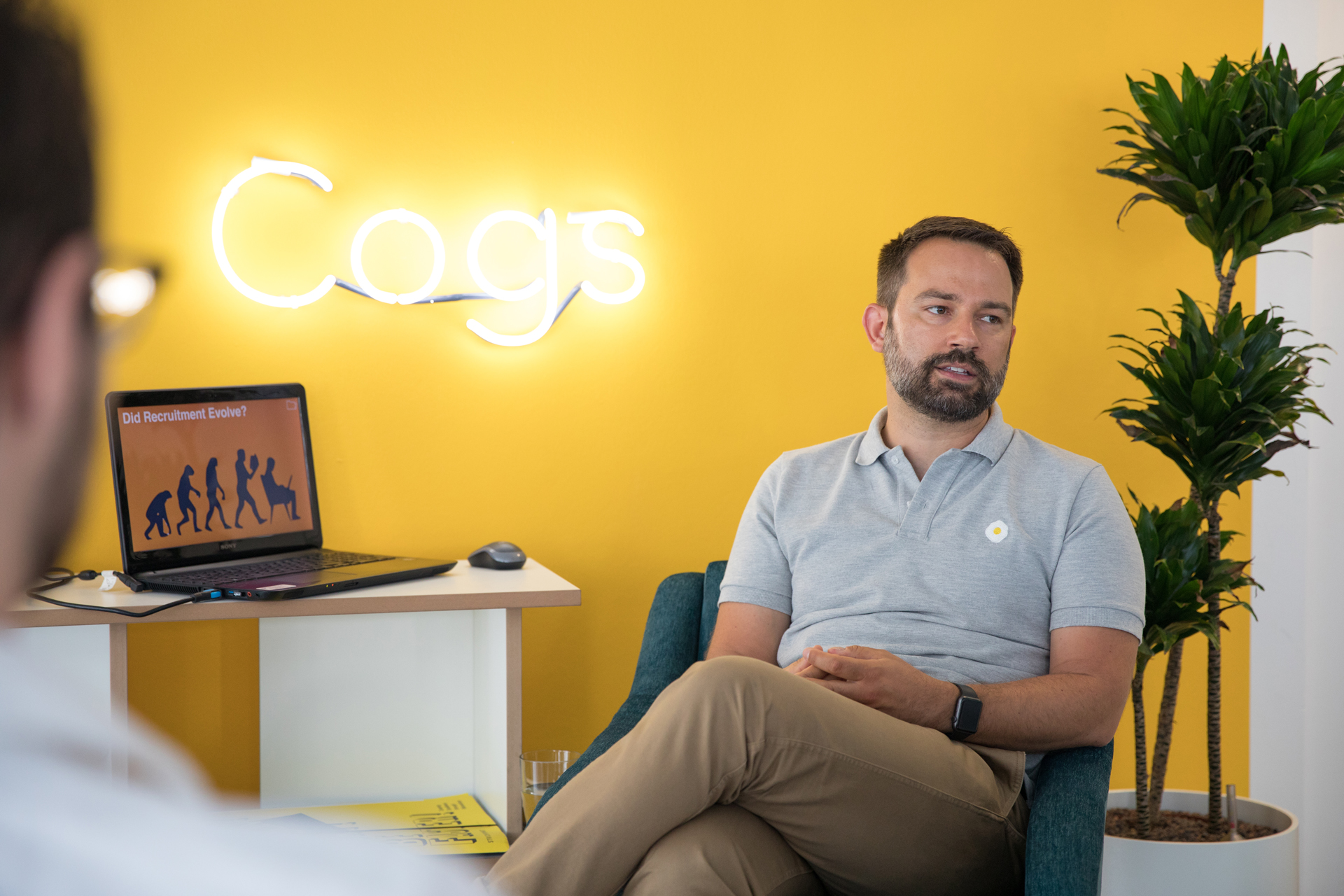
How recruitment has to adapt to changing organizational structures
Cogs Crunch with Sebastian Dietrich
Sebastian Dietrich has over 10 years experience working in multitudinous aspects of human resources like organizational development, employer branding and recruitment. He’s worked brand-side and agency-side for companies like Groupon, Johanssen + Kretschmer, Edenspiekermann and is now facing new challenges at IXDS. With an ever-changing creative and business environment, IXDS is co-evolving. Self-management is their answer to staying fit enough to thrive. That means Sebastian has to restructure the way they function: empowering the staff with discretion over their processes and decision-making. How does an organization like this work? Will traditional recruitment agencies become extinct and what does that mean for Cogs? To gain perspective from an industry expert, we picked Sebastian’s brain on how to develop our niche in recruitment.
An evolved way of doing business: fluctuating skill-based organizations without titles
IXDS is moving away from a hierarchical structure to a distributed network-based and skill-based organization. The idea behind a skill-based organization is using all of their brains and all of the parts of their brains.
Sebastian elaborates: “Everybody has different skills, so how do you use all of them? IXDS is trying to give people things to do that fit their purpose, that gives them meaning, to be more flexible. We don’t know what type of projects we will have in five months or what types of roles we will hire in a year.” This, in turn, makes HR more complex for Sebastian and his team. Also, IXDS doesn’t have job descriptions. They’re hiring for skills, not profiles.
They might be looking for a service designer or an IoT expert. It could be the same person with those two skills or two different people. Projects still have roles and people are still doing interaction design, interface design or business design projects. But, there’s no “head of”, “manager“, “lead“ or “director“.
That’s where the predicament lies for Sebastian: “Writing a brief or a job description for a ‘traditional’ recruitment agency and explaining to them why I don’t really know what kind of person we are looking for. That’s why I prefer working with recruitment agencies like Cogs, who understand our methods, provide the right network and have tons of experience in the industry.”
How recruitment agencies must adapt to survive and thrive?
As a recruitment agency, you are the extended arm of the organization and represent their business and their practices. The focus is less on specific placement, but more on maintaining strong relationships with clients and candidates. To place talent sustainably, you also have to understand what drives a person in their career. “Some candidates might just want to work on this one project, whereas others want to find a home for the next 10 years. Both are absolutely fine! But, I need to know about it, because I have to treat those peoples’ careers differently. The distinction between hiring and freelancing will become less important to candidates. People will come for a project or come for two years, whether that is on a freelance contract or an unlimited employment contract.”
Sebastian predicts that large organizations will have to build, manage and engage their own talent communities from their ecosystem: former interns, friends of employees, freelancers that want to go full-time, people returning from sabbatical or family leave. It’s about keeping the community alive, not as a finite bucket, but more like a leaky pool with lots of water ebbing and flowing.
In-house recruitment will focus less on funnel management and more on facilitating the decision-making process of who to hire. “I can’t say what’s a good service designer or developer, but I can give teams the tools to be able to make the decision of who they want to work with. I think that great recruiters will move more into a consultant advisory role: advising how a candidate brings special skills, that you might not have looked for and painting a realistic picture of the candidate.”
Recruitment processes of the future
To accommodate the recent turnover associated with adapting to a skill-based organization model, Sebastian has specific plans on how to change the DNA of the recruitment process at IXDS:
“I want a process led by a hiring team of four people: the person who says we need to hire somebody, a person who knows the core skill we’re recruiting for, a person with a completely different skill and someone from the business side. Together with me, they will build an ideal profile of core skills and nice-to-have skills. We will then talk about where to find this kind of person. Do we look internally or do we partner with a recruitment agency like Cogs? After two rounds of interviews assessing skills and doing an attitude check, we will discuss four or five candidates on the shortlist. Then, I want buy-in from all four people on the hiring team. If I put you through this process of recruiting a colleague and then ignore your opinion in the end, how happily will you do this with me again? Also, if you get outvoted, I’m sure there’s some unconscious bias against the hiree. I want to avoid any ‘I-told-you-he’s-a-moron-situation’. That is the process I would like to set up.”
Are recruitment agencies on the brink of extinction?
To be able to survive, recruitment agencies have to co-evolve with their clients in a symbiotic relationship. Post-and-pray is a vestigial trait in the recruitment of the past. Building and maintaining relationships over an extended network, focusing on skills and listening to what drives and motivates candidates will ensure the fitness needed to avoid extinction.
How recruitment has to adapt to changing organizational structures
Cogs Crunch with Sebastian Dietrich
Sebastian Dietrich has over 10 years experience working in multitudinous aspects of human resources like organizational development, employer branding and recruitment. He’s worked brand-side and agency-side for companies like Groupon, Johanssen + Kretschmer, Edenspiekermann and is now facing new challenges at IXDS. With an ever-changing creative and business environment, IXDS is co-evolving. Self-management is their answer to staying fit enough to thrive. That means Sebastian has to restructure the way they function: empowering the staff with discretion over their processes and decision-making. How does an organization like this work? Will traditional recruitment agencies become extinct and what does that mean for Cogs? To gain perspective from an industry expert, we picked Sebastian’s brain on how to develop our niche in recruitment.
An evolved way of doing business: fluctuating skill-based organizations without titles
IXDS is moving away from a hierarchical structure to a distributed network-based and skill-based organization. The idea behind a skill-based organization is using all of their brains and all of the parts of their brains.
Sebastian elaborates: “Everybody has different skills, so how do you use all of them? IXDS is trying to give people things to do that fit their purpose, that gives them meaning, to be more flexible. We don’t know what type of projects we will have in five months or what types of roles we will hire in a year.” This, in turn, makes HR more complex for Sebastian and his team. Also, IXDS doesn’t have job descriptions. They’re hiring for skills, not profiles.
They might be looking for a service designer or an IoT expert. It could be the same person with those two skills or two different people. Projects still have roles and people are still doing interaction design, interface design or business design projects. But, there’s no “head of”, “manager“, “lead“ or “director“.
That’s where the predicament lies for Sebastian: “Writing a brief or a job description for a ‘traditional’ recruitment agency and explaining to them why I don’t really know what kind of person we are looking for. That’s why I prefer working with recruitment agencies like Cogs, who understand our methods, provide the right network and have tons of experience in the industry.”
How recruitment agencies must adapt to survive and thrive?
As a recruitment agency, you are the extended arm of the organization and represent their business and their practices. The focus is less on specific placement, but more on maintaining strong relationships with clients and candidates. To place talent sustainably, you also have to understand what drives a person in their career. “Some candidates might just want to work on this one project, whereas others want to find a home for the next 10 years. Both are absolutely fine! But, I need to know about it, because I have to treat those peoples’ careers differently. The distinction between hiring and freelancing will become less important to candidates. People will come for a project or come for two years, whether that is on a freelance contract or an unlimited employment contract.”
Sebastian predicts that large organizations will have to build, manage and engage their own talent communities from their ecosystem: former interns, friends of employees, freelancers that want to go full-time, people returning from sabbatical or family leave. It’s about keeping the community alive, not as a finite bucket, but more like a leaky pool with lots of water ebbing and flowing.
In-house recruitment will focus less on funnel management and more on facilitating the decision-making process of who to hire. “I can’t say what’s a good service designer or developer, but I can give teams the tools to be able to make the decision of who they want to work with. I think that great recruiters will move more into a consultant advisory role: advising how a candidate brings special skills, that you might not have looked for and painting a realistic picture of the candidate.”
Recruitment processes of the future
To accommodate the recent turnover associated with adapting to a skill-based organization model, Sebastian has specific plans on how to change the DNA of the recruitment process at IXDS:
“I want a process led by a hiring team of four people: the person who says we need to hire somebody, a person who knows the core skill we’re recruiting for, a person with a completely different skill and someone from the business side. Together with me, they will build an ideal profile of core skills and nice-to-have skills. We will then talk about where to find this kind of person. Do we look internally or do we partner with a recruitment agency like Cogs? After two rounds of interviews assessing skills and doing an attitude check, we will discuss four or five candidates on the shortlist. Then, I want buy-in from all four people on the hiring team. If I put you through this process of recruiting a colleague and then ignore your opinion in the end, how happily will you do this with me again? Also, if you get outvoted, I’m sure there’s some unconscious bias against the hiree. I want to avoid any ‘I-told-you-he’s-a-moron-situation’. That is the process I would like to set up.”
Are recruitment agencies on the brink of extinction?
To be able to survive, recruitment agencies have to co-evolve with their clients in a symbiotic relationship. Post-and-pray is a vestigial trait in the recruitment of the past. Building and maintaining relationships over an extended network, focusing on skills and listening to what drives and motivates candidates will ensure the fitness needed to avoid extinction.
How recruitment has to adapt to changing organizational structures
Cogs Crunch with Sebastian Dietrich
Sebastian Dietrich has over 10 years experience working in multitudinous aspects of human resources like organizational development, employer branding and recruitment. He’s worked brand-side and agency-side for companies like Groupon, Johanssen + Kretschmer, Edenspiekermann and is now facing new challenges at IXDS. With an ever-changing creative and business environment, IXDS is co-evolving. Self-management is their answer to staying fit enough to thrive. That means Sebastian has to restructure the way they function: empowering the staff with discretion over their processes and decision-making. How does an organization like this work? Will traditional recruitment agencies become extinct and what does that mean for Cogs? To gain perspective from an industry expert, we picked Sebastian’s brain on how to develop our niche in recruitment.
An evolved way of doing business: fluctuating skill-based organizations without titles
IXDS is moving away from a hierarchical structure to a distributed network-based and skill-based organization. The idea behind a skill-based organization is using all of their brains and all of the parts of their brains.
Sebastian elaborates: “Everybody has different skills, so how do you use all of them? IXDS is trying to give people things to do that fit their purpose, that gives them meaning, to be more flexible. We don’t know what type of projects we will have in five months or what types of roles we will hire in a year.” This, in turn, makes HR more complex for Sebastian and his team. Also, IXDS doesn’t have job descriptions. They’re hiring for skills, not profiles.
They might be looking for a service designer or an IoT expert. It could be the same person with those two skills or two different people. Projects still have roles and people are still doing interaction design, interface design or business design projects. But, there’s no “head of”, “manager“, “lead“ or “director“.
That’s where the predicament lies for Sebastian: “Writing a brief or a job description for a ‘traditional’ recruitment agency and explaining to them why I don’t really know what kind of person we are looking for. That’s why I prefer working with recruitment agencies like Cogs, who understand our methods, provide the right network and have tons of experience in the industry.”
How recruitment agencies must adapt to survive and thrive?
As a recruitment agency, you are the extended arm of the organization and represent their business and their practices. The focus is less on specific placement, but more on maintaining strong relationships with clients and candidates. To place talent sustainably, you also have to understand what drives a person in their career. “Some candidates might just want to work on this one project, whereas others want to find a home for the next 10 years. Both are absolutely fine! But, I need to know about it, because I have to treat those peoples’ careers differently. The distinction between hiring and freelancing will become less important to candidates. People will come for a project or come for two years, whether that is on a freelance contract or an unlimited employment contract.”
Sebastian predicts that large organizations will have to build, manage and engage their own talent communities from their ecosystem: former interns, friends of employees, freelancers that want to go full-time, people returning from sabbatical or family leave. It’s about keeping the community alive, not as a finite bucket, but more like a leaky pool with lots of water ebbing and flowing.
In-house recruitment will focus less on funnel management and more on facilitating the decision-making process of who to hire. “I can’t say what’s a good service designer or developer, but I can give teams the tools to be able to make the decision of who they want to work with. I think that great recruiters will move more into a consultant advisory role: advising how a candidate brings special skills, that you might not have looked for and painting a realistic picture of the candidate.”
Recruitment processes of the future
To accommodate the recent turnover associated with adapting to a skill-based organization model, Sebastian has specific plans on how to change the DNA of the recruitment process at IXDS:
“I want a process led by a hiring team of four people: the person who says we need to hire somebody, a person who knows the core skill we’re recruiting for, a person with a completely different skill and someone from the business side. Together with me, they will build an ideal profile of core skills and nice-to-have skills. We will then talk about where to find this kind of person. Do we look internally or do we partner with a recruitment agency like Cogs? After two rounds of interviews assessing skills and doing an attitude check, we will discuss four or five candidates on the shortlist. Then, I want buy-in from all four people on the hiring team. If I put you through this process of recruiting a colleague and then ignore your opinion in the end, how happily will you do this with me again? Also, if you get outvoted, I’m sure there’s some unconscious bias against the hiree. I want to avoid any ‘I-told-you-he’s-a-moron-situation’. That is the process I would like to set up.”
Are recruitment agencies on the brink of extinction?
To be able to survive, recruitment agencies have to co-evolve with their clients in a symbiotic relationship. Post-and-pray is a vestigial trait in the recruitment of the past. Building and maintaining relationships over an extended network, focusing on skills and listening to what drives and motivates candidates will ensure the fitness needed to avoid extinction.
How recruitment has to adapt to changing organizational structures
Cogs Crunch with Sebastian Dietrich
Sebastian Dietrich has over 10 years experience working in multitudinous aspects of human resources like organizational development, employer branding and recruitment. He’s worked brand-side and agency-side for companies like Groupon, Johanssen + Kretschmer, Edenspiekermann and is now facing new challenges at IXDS. With an ever-changing creative and business environment, IXDS is co-evolving. Self-management is their answer to staying fit enough to thrive. That means Sebastian has to restructure the way they function: empowering the staff with discretion over their processes and decision-making. How does an organization like this work? Will traditional recruitment agencies become extinct and what does that mean for Cogs? To gain perspective from an industry expert, we picked Sebastian’s brain on how to develop our niche in recruitment.
An evolved way of doing business: fluctuating skill-based organizations without titles
IXDS is moving away from a hierarchical structure to a distributed network-based and skill-based organization. The idea behind a skill-based organization is using all of their brains and all of the parts of their brains.
Sebastian elaborates: “Everybody has different skills, so how do you use all of them? IXDS is trying to give people things to do that fit their purpose, that gives them meaning, to be more flexible. We don’t know what type of projects we will have in five months or what types of roles we will hire in a year.” This, in turn, makes HR more complex for Sebastian and his team. Also, IXDS doesn’t have job descriptions. They’re hiring for skills, not profiles.
They might be looking for a service designer or an IoT expert. It could be the same person with those two skills or two different people. Projects still have roles and people are still doing interaction design, interface design or business design projects. But, there’s no “head of”, “manager“, “lead“ or “director“.
That’s where the predicament lies for Sebastian: “Writing a brief or a job description for a ‘traditional’ recruitment agency and explaining to them why I don’t really know what kind of person we are looking for. That’s why I prefer working with recruitment agencies like Cogs, who understand our methods, provide the right network and have tons of experience in the industry.”
How recruitment agencies must adapt to survive and thrive?
As a recruitment agency, you are the extended arm of the organization and represent their business and their practices. The focus is less on specific placement, but more on maintaining strong relationships with clients and candidates. To place talent sustainably, you also have to understand what drives a person in their career. “Some candidates might just want to work on this one project, whereas others want to find a home for the next 10 years. Both are absolutely fine! But, I need to know about it, because I have to treat those peoples’ careers differently. The distinction between hiring and freelancing will become less important to candidates. People will come for a project or come for two years, whether that is on a freelance contract or an unlimited employment contract.”
Sebastian predicts that large organizations will have to build, manage and engage their own talent communities from their ecosystem: former interns, friends of employees, freelancers that want to go full-time, people returning from sabbatical or family leave. It’s about keeping the community alive, not as a finite bucket, but more like a leaky pool with lots of water ebbing and flowing.
In-house recruitment will focus less on funnel management and more on facilitating the decision-making process of who to hire. “I can’t say what’s a good service designer or developer, but I can give teams the tools to be able to make the decision of who they want to work with. I think that great recruiters will move more into a consultant advisory role: advising how a candidate brings special skills, that you might not have looked for and painting a realistic picture of the candidate.”
Recruitment processes of the future
To accommodate the recent turnover associated with adapting to a skill-based organization model, Sebastian has specific plans on how to change the DNA of the recruitment process at IXDS:
“I want a process led by a hiring team of four people: the person who says we need to hire somebody, a person who knows the core skill we’re recruiting for, a person with a completely different skill and someone from the business side. Together with me, they will build an ideal profile of core skills and nice-to-have skills. We will then talk about where to find this kind of person. Do we look internally or do we partner with a recruitment agency like Cogs? After two rounds of interviews assessing skills and doing an attitude check, we will discuss four or five candidates on the shortlist. Then, I want buy-in from all four people on the hiring team. If I put you through this process of recruiting a colleague and then ignore your opinion in the end, how happily will you do this with me again? Also, if you get outvoted, I’m sure there’s some unconscious bias against the hiree. I want to avoid any ‘I-told-you-he’s-a-moron-situation’. That is the process I would like to set up.”
Are recruitment agencies on the brink of extinction?
To be able to survive, recruitment agencies have to co-evolve with their clients in a symbiotic relationship. Post-and-pray is a vestigial trait in the recruitment of the past. Building and maintaining relationships over an extended network, focusing on skills and listening to what drives and motivates candidates will ensure the fitness needed to avoid extinction.
How recruitment has to adapt to changing organizational structures
Cogs Crunch with Sebastian Dietrich
Sebastian Dietrich has over 10 years experience working in multitudinous aspects of human resources like organizational development, employer branding and recruitment. He’s worked brand-side and agency-side for companies like Groupon, Johanssen + Kretschmer, Edenspiekermann and is now facing new challenges at IXDS. With an ever-changing creative and business environment, IXDS is co-evolving. Self-management is their answer to staying fit enough to thrive. That means Sebastian has to restructure the way they function: empowering the staff with discretion over their processes and decision-making. How does an organization like this work? Will traditional recruitment agencies become extinct and what does that mean for Cogs? To gain perspective from an industry expert, we picked Sebastian’s brain on how to develop our niche in recruitment.
An evolved way of doing business: fluctuating skill-based organizations without titles
IXDS is moving away from a hierarchical structure to a distributed network-based and skill-based organization. The idea behind a skill-based organization is using all of their brains and all of the parts of their brains.
Sebastian elaborates: “Everybody has different skills, so how do you use all of them? IXDS is trying to give people things to do that fit their purpose, that gives them meaning, to be more flexible. We don’t know what type of projects we will have in five months or what types of roles we will hire in a year.” This, in turn, makes HR more complex for Sebastian and his team. Also, IXDS doesn’t have job descriptions. They’re hiring for skills, not profiles.
They might be looking for a service designer or an IoT expert. It could be the same person with those two skills or two different people. Projects still have roles and people are still doing interaction design, interface design or business design projects. But, there’s no “head of”, “manager“, “lead“ or “director“.
That’s where the predicament lies for Sebastian: “Writing a brief or a job description for a ‘traditional’ recruitment agency and explaining to them why I don’t really know what kind of person we are looking for. That’s why I prefer working with recruitment agencies like Cogs, who understand our methods, provide the right network and have tons of experience in the industry.”
How recruitment agencies must adapt to survive and thrive?
As a recruitment agency, you are the extended arm of the organization and represent their business and their practices. The focus is less on specific placement, but more on maintaining strong relationships with clients and candidates. To place talent sustainably, you also have to understand what drives a person in their career. “Some candidates might just want to work on this one project, whereas others want to find a home for the next 10 years. Both are absolutely fine! But, I need to know about it, because I have to treat those peoples’ careers differently. The distinction between hiring and freelancing will become less important to candidates. People will come for a project or come for two years, whether that is on a freelance contract or an unlimited employment contract.”
Sebastian predicts that large organizations will have to build, manage and engage their own talent communities from their ecosystem: former interns, friends of employees, freelancers that want to go full-time, people returning from sabbatical or family leave. It’s about keeping the community alive, not as a finite bucket, but more like a leaky pool with lots of water ebbing and flowing.
In-house recruitment will focus less on funnel management and more on facilitating the decision-making process of who to hire. “I can’t say what’s a good service designer or developer, but I can give teams the tools to be able to make the decision of who they want to work with. I think that great recruiters will move more into a consultant advisory role: advising how a candidate brings special skills, that you might not have looked for and painting a realistic picture of the candidate.”
Recruitment processes of the future
To accommodate the recent turnover associated with adapting to a skill-based organization model, Sebastian has specific plans on how to change the DNA of the recruitment process at IXDS:
“I want a process led by a hiring team of four people: the person who says we need to hire somebody, a person who knows the core skill we’re recruiting for, a person with a completely different skill and someone from the business side. Together with me, they will build an ideal profile of core skills and nice-to-have skills. We will then talk about where to find this kind of person. Do we look internally or do we partner with a recruitment agency like Cogs? After two rounds of interviews assessing skills and doing an attitude check, we will discuss four or five candidates on the shortlist. Then, I want buy-in from all four people on the hiring team. If I put you through this process of recruiting a colleague and then ignore your opinion in the end, how happily will you do this with me again? Also, if you get outvoted, I’m sure there’s some unconscious bias against the hiree. I want to avoid any ‘I-told-you-he’s-a-moron-situation’. That is the process I would like to set up.”
Are recruitment agencies on the brink of extinction?
To be able to survive, recruitment agencies have to co-evolve with their clients in a symbiotic relationship. Post-and-pray is a vestigial trait in the recruitment of the past. Building and maintaining relationships over an extended network, focusing on skills and listening to what drives and motivates candidates will ensure the fitness needed to avoid extinction.
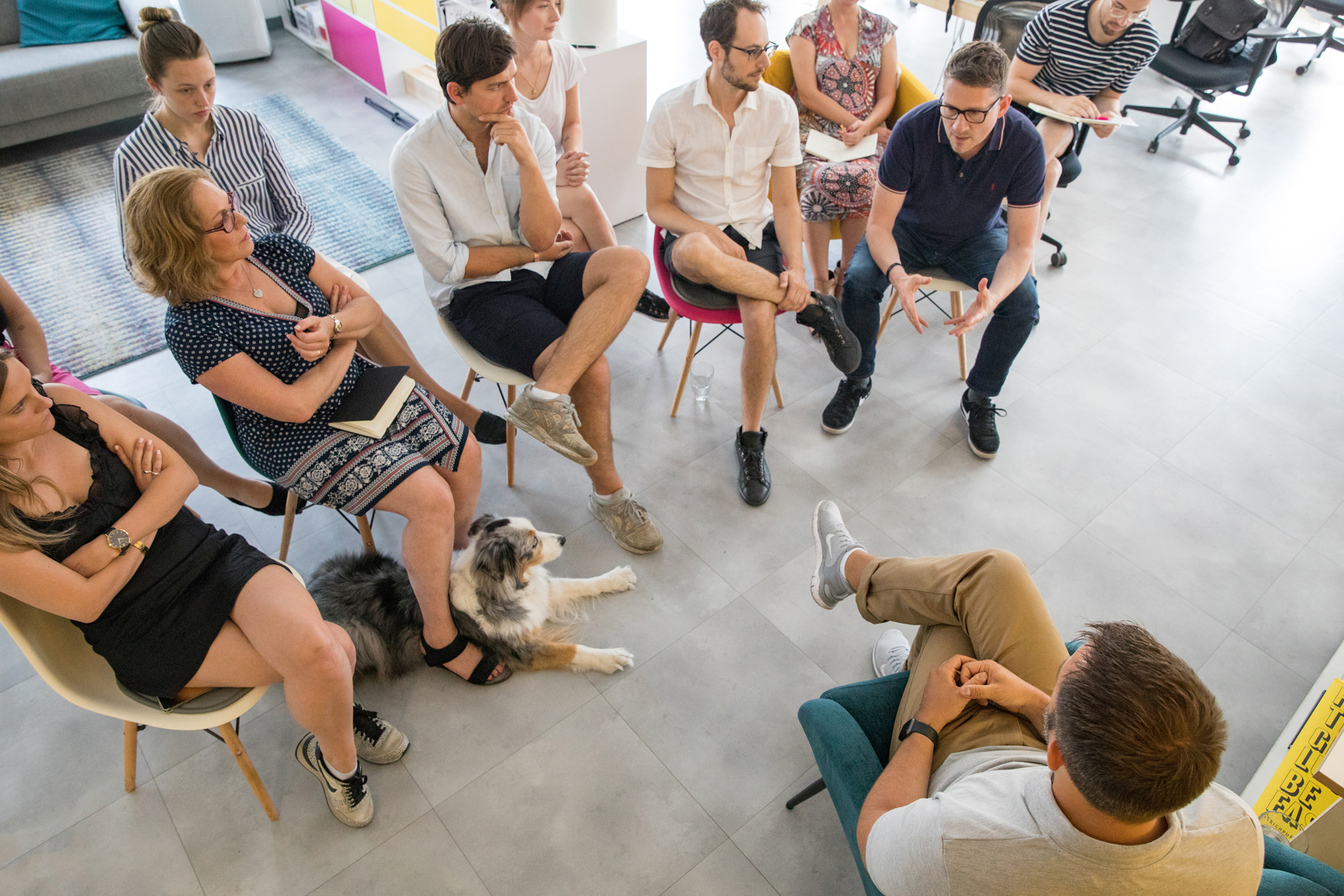
Photo and text credits © Paul Rikeit and Jacob Schickler for Cogs Agency
Photo and text credits © Paul Rikeit and Jacob Schickler for Cogs Agency
What I Share
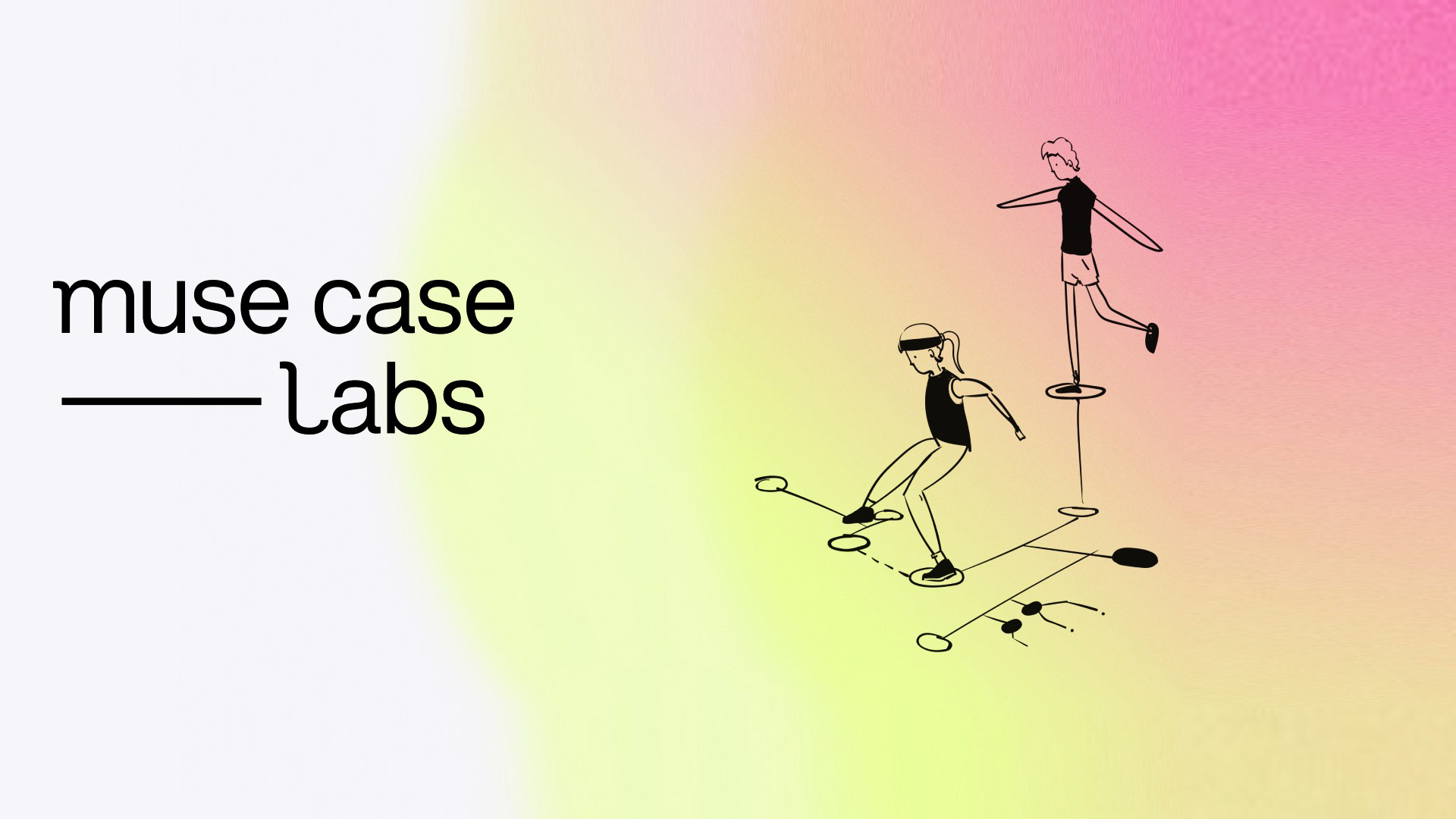
Design in Transitionmuse case labs Interview
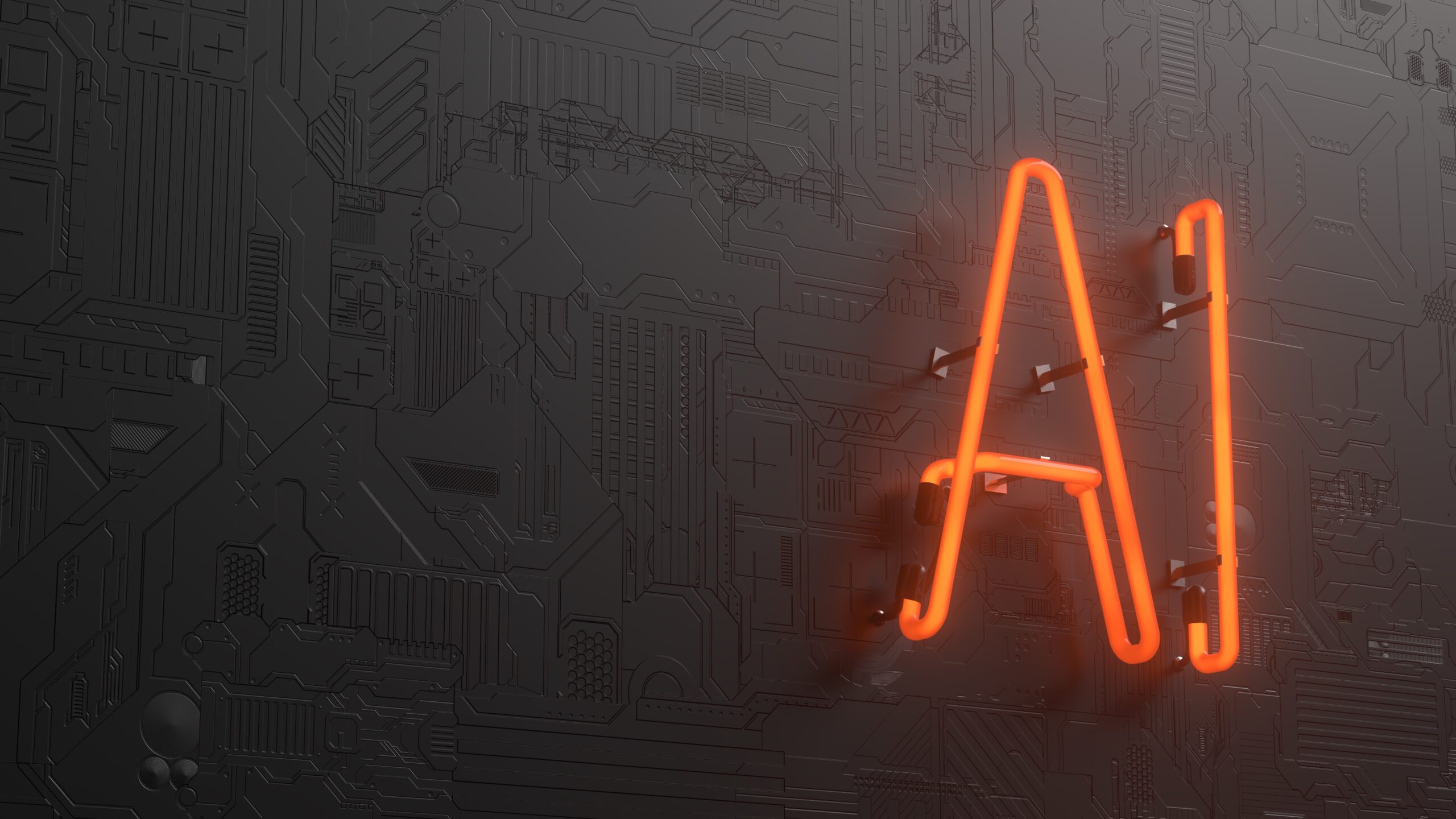
AI in Recruitment: Our Choice Our FightReflections on a presentation by Hung Lee
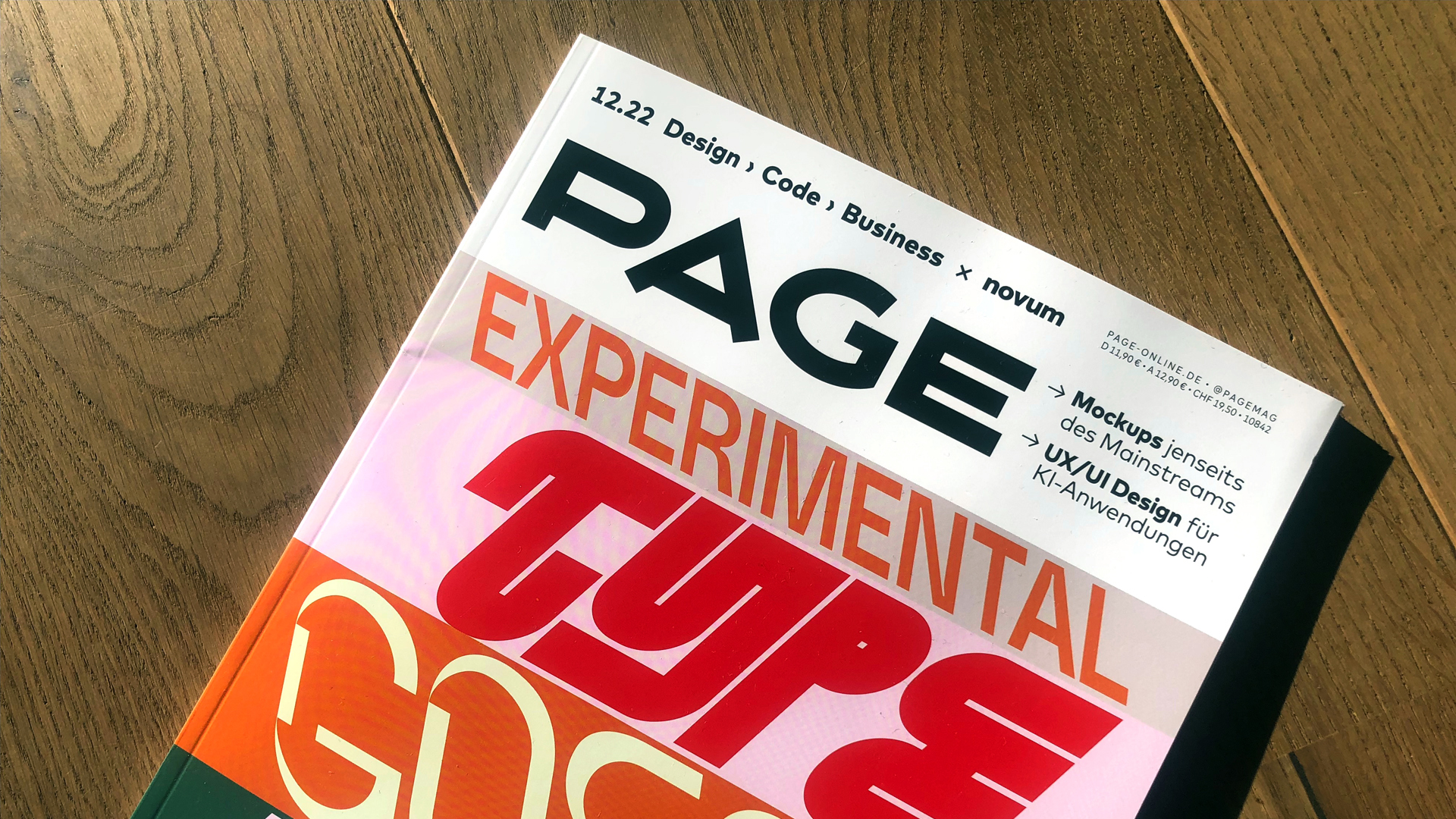
Full-Time, Part-Time, Free-TimeInterview for PAGE Magazine
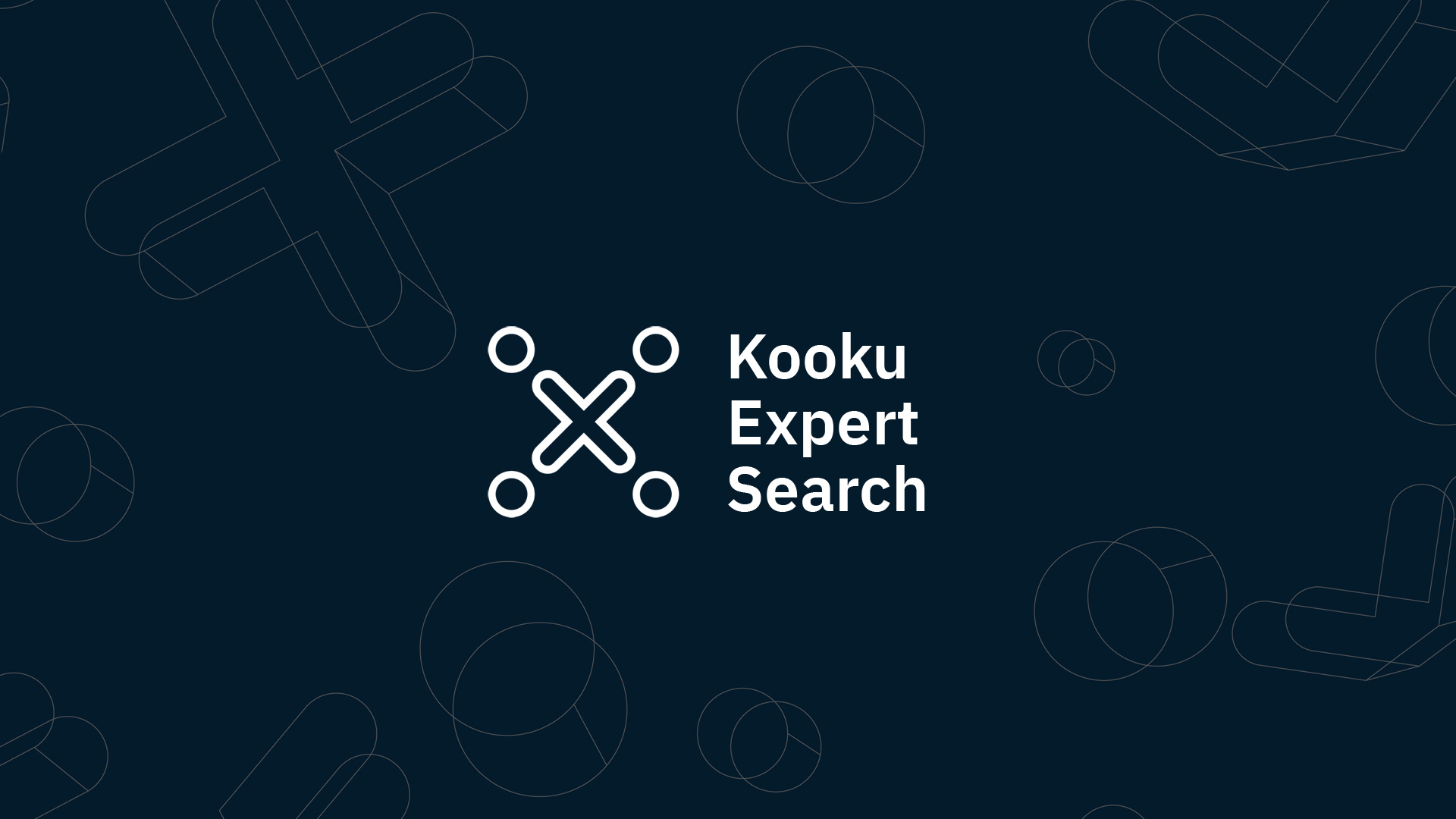
Kooku X — Vision to RealityBuilding a Minimal Viable Recruiting Brand
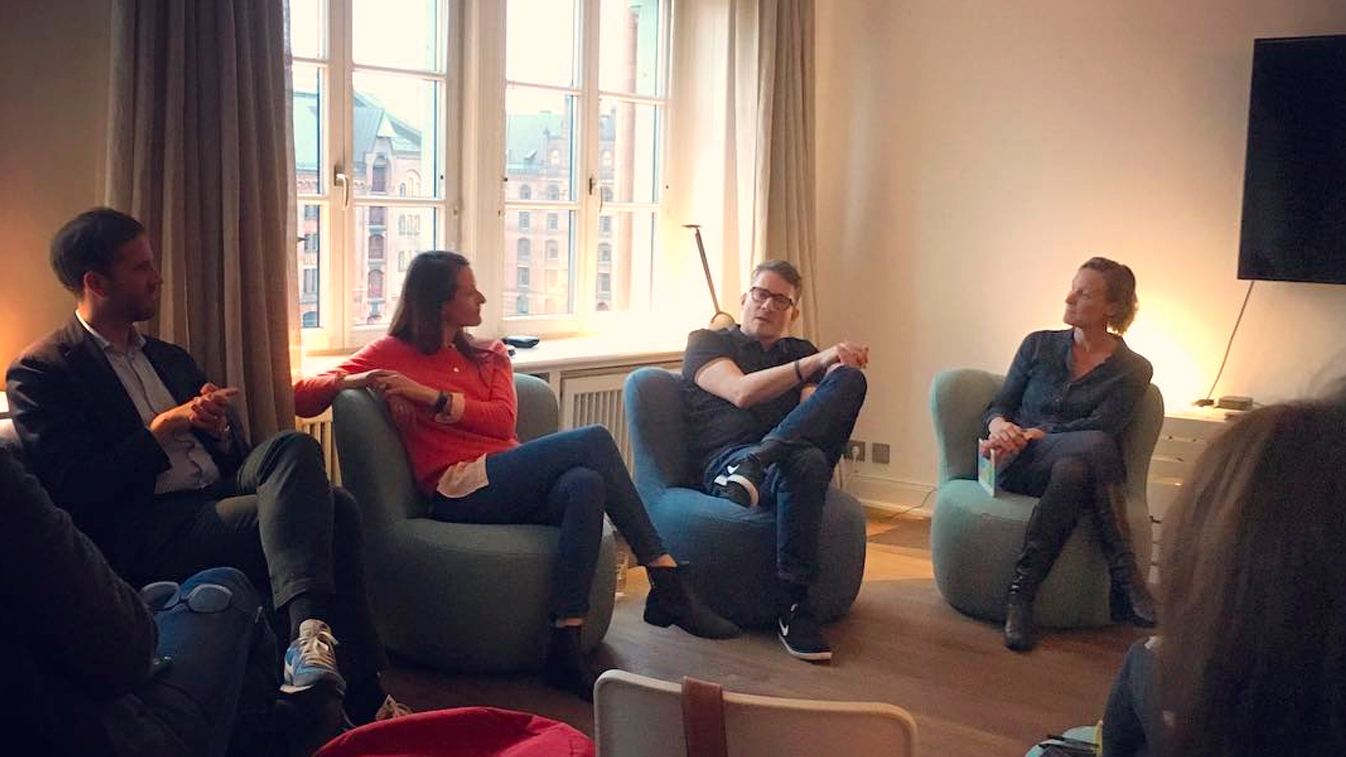
Mindset is EverythingSOULWORX ENERGIZER
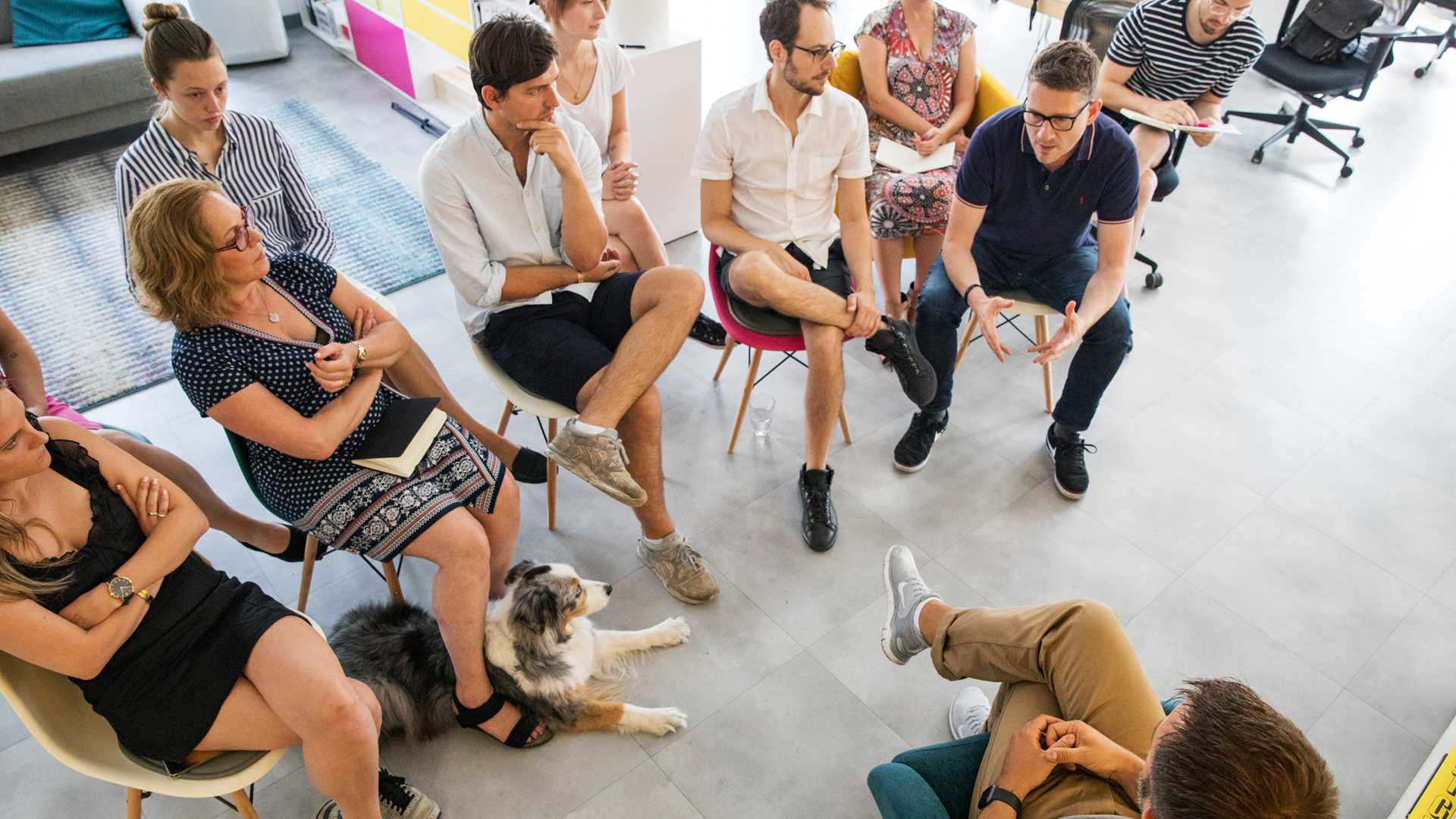
Leading TogetherBlog Post
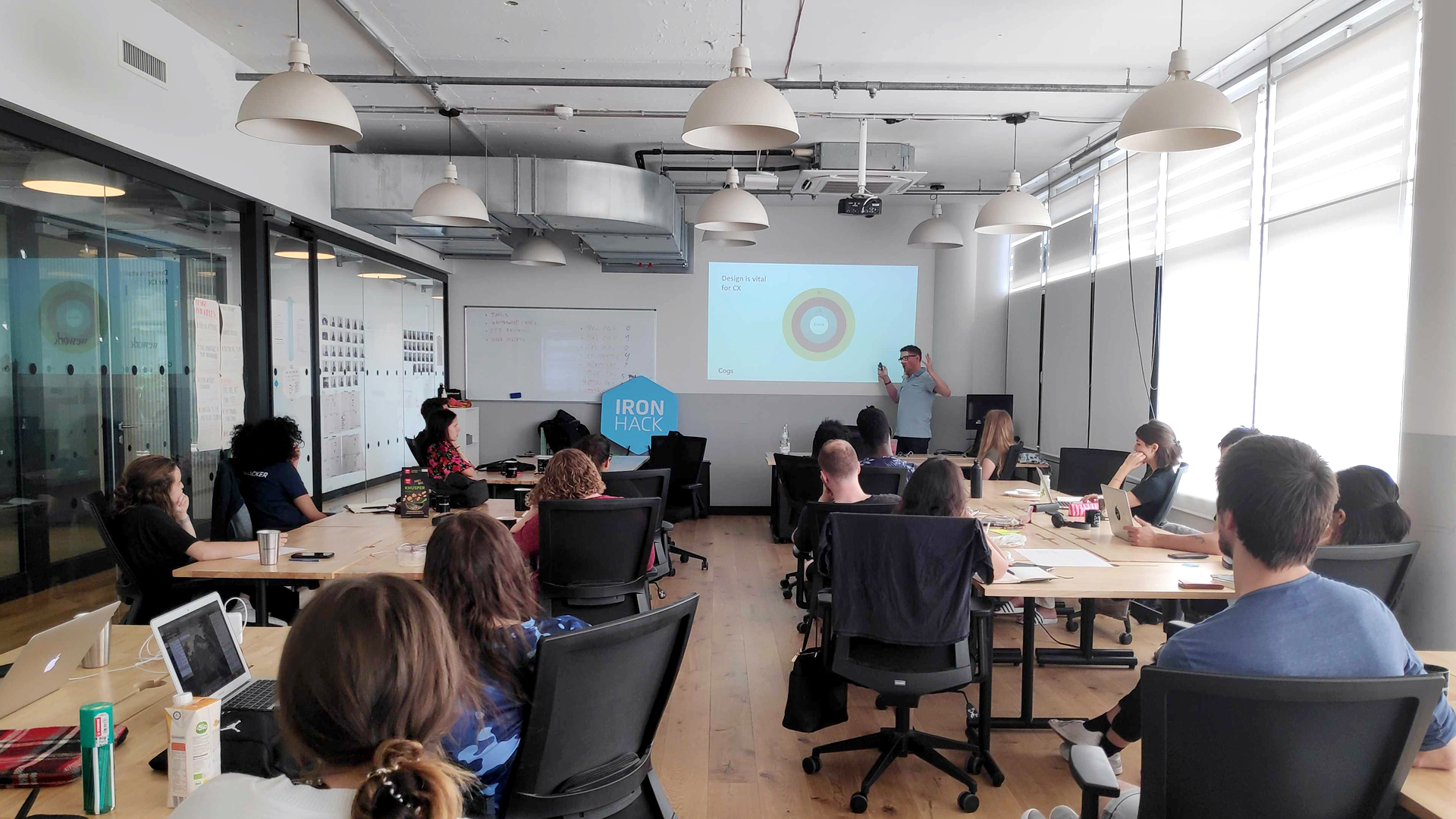
Unicorns, Hybrids, and Other Fantastic BeastsIronhack Workshops
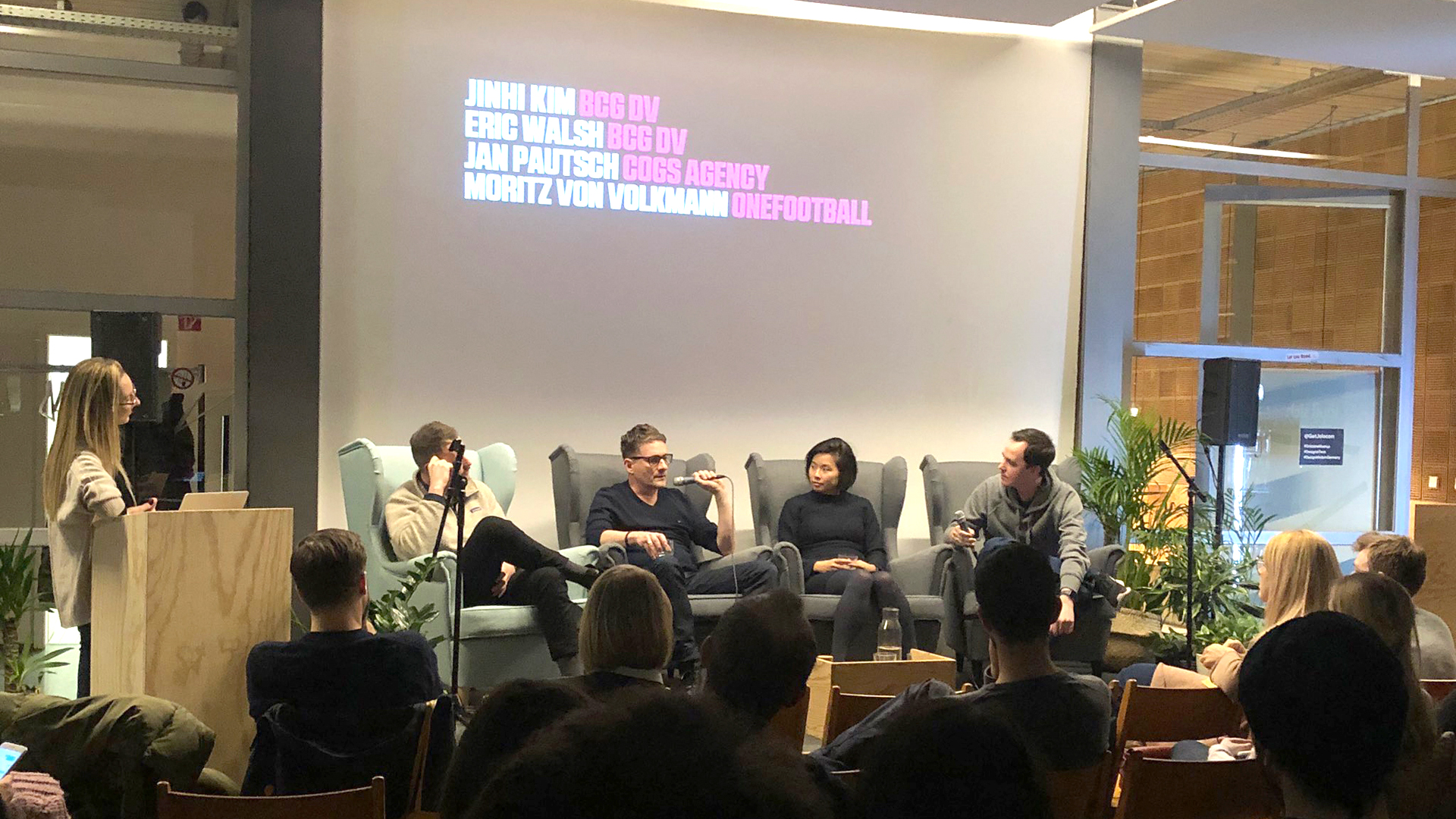
Embrace VarietyBerlin Dribbble meetup
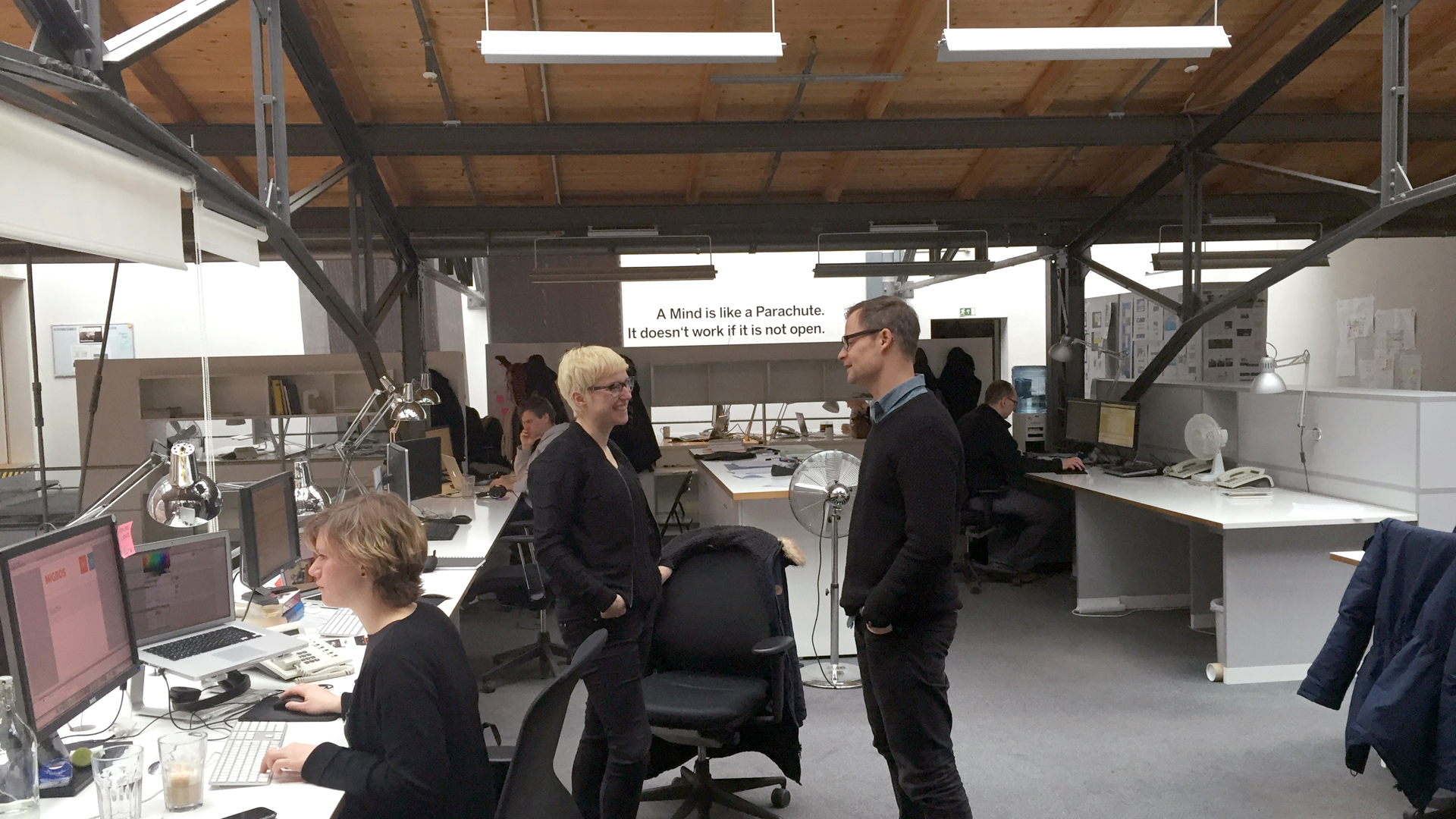
Is Flatter Better?Blog Post
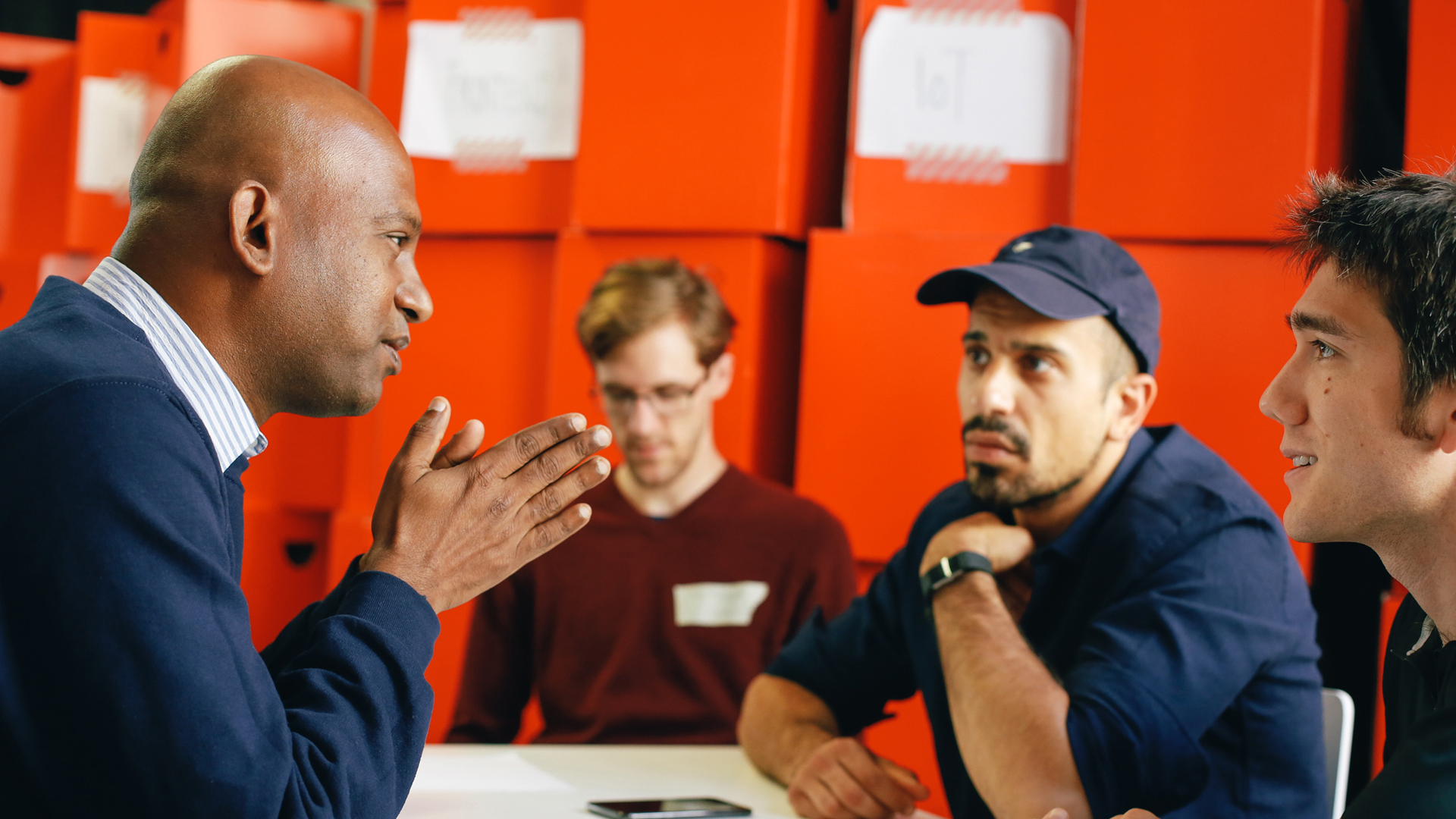
Tech-Speed-DatingVolunteering at ReDI School
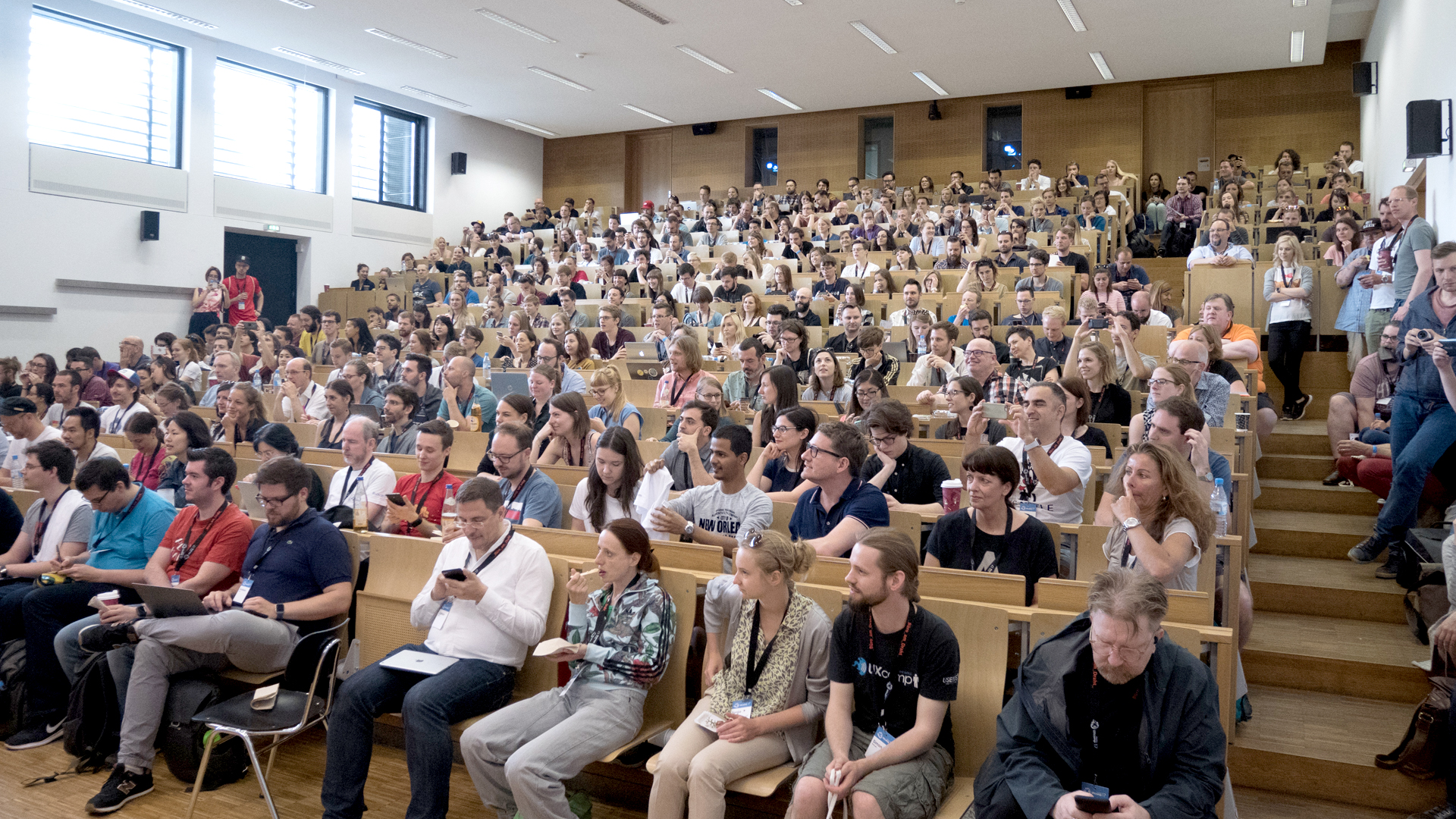
Headhunter SecretsUXcamp Europe, BarCamp
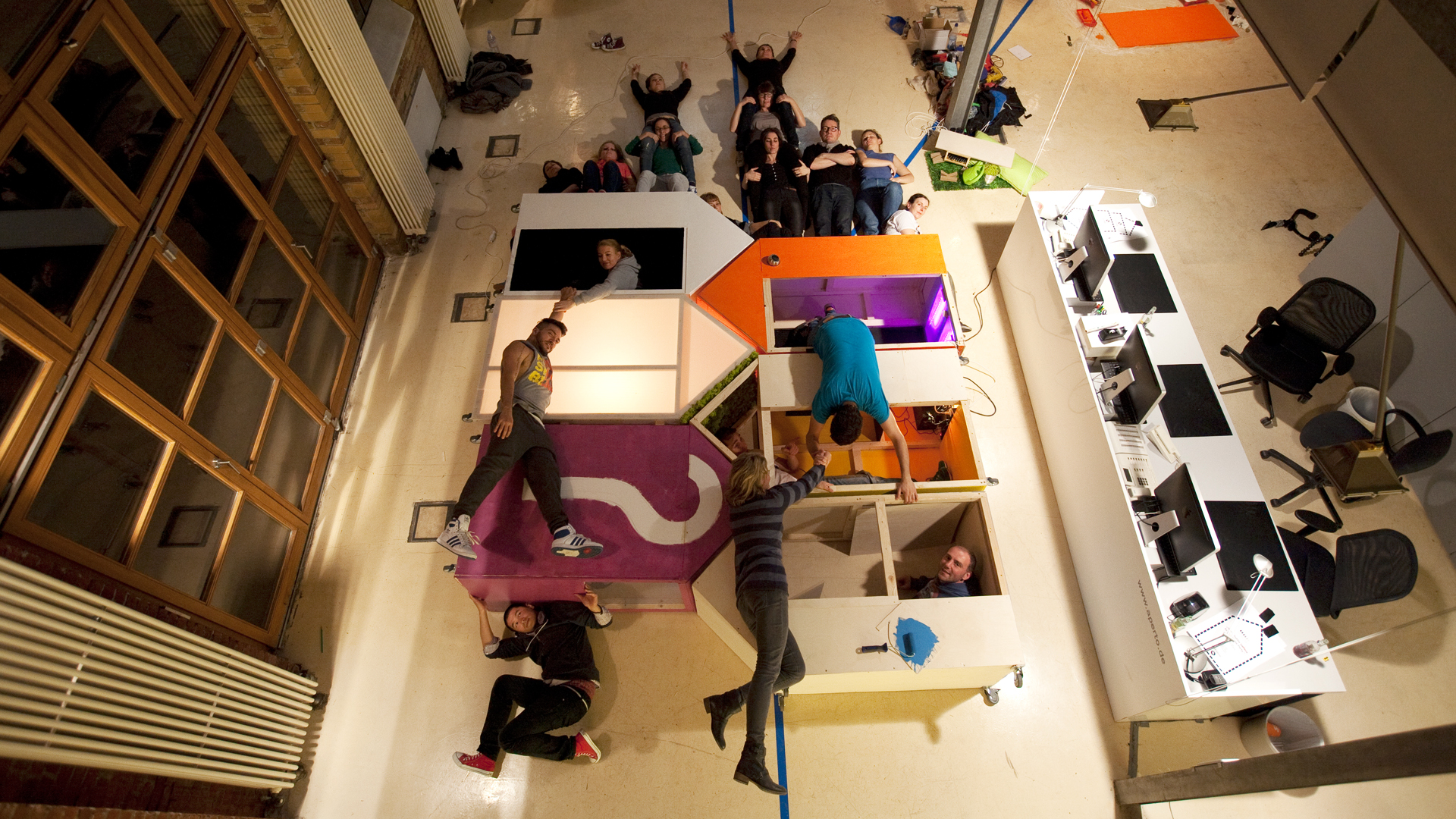
DECODERInnovation Platform
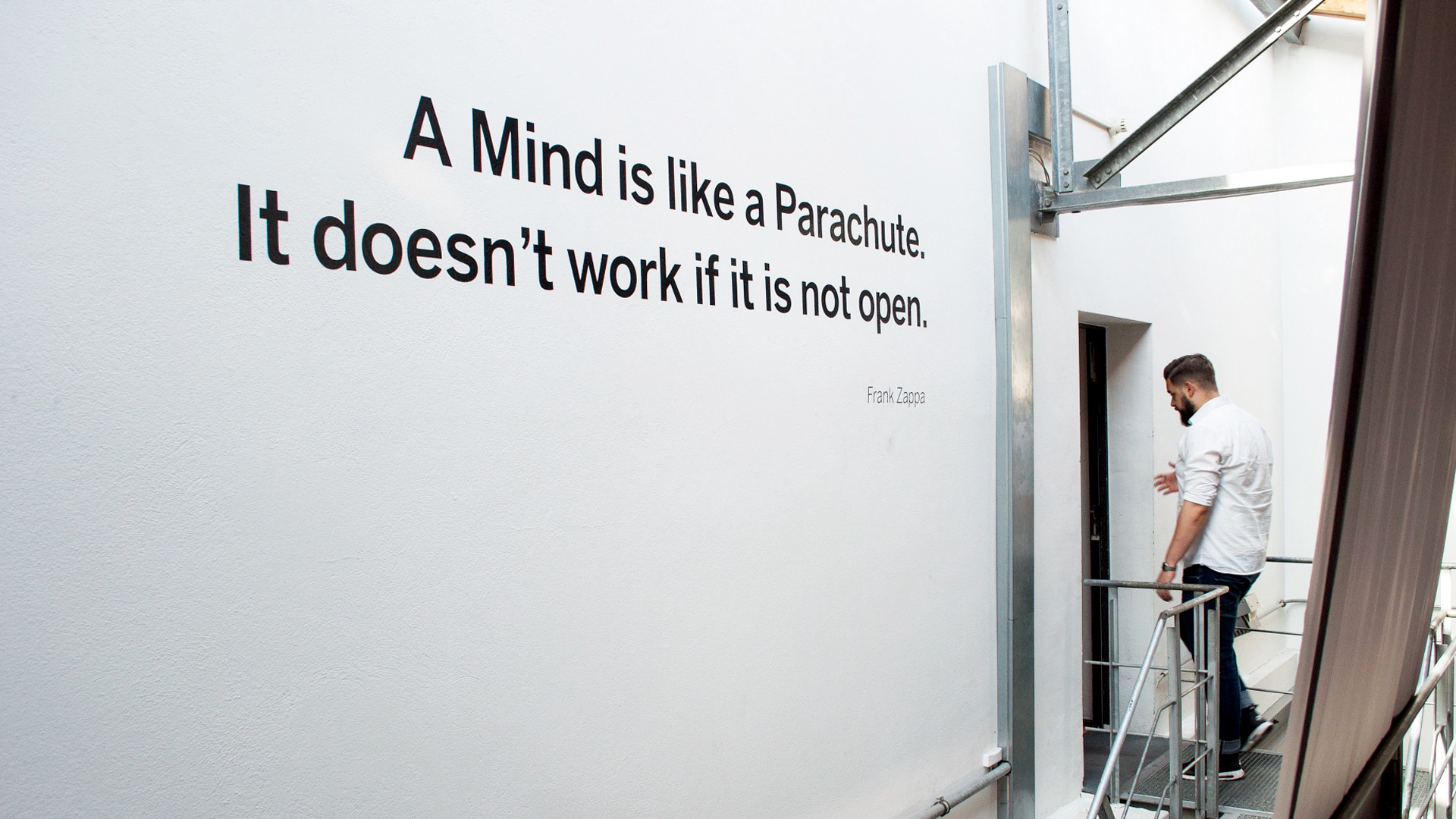
Humanizing OrganizationsBlog Post
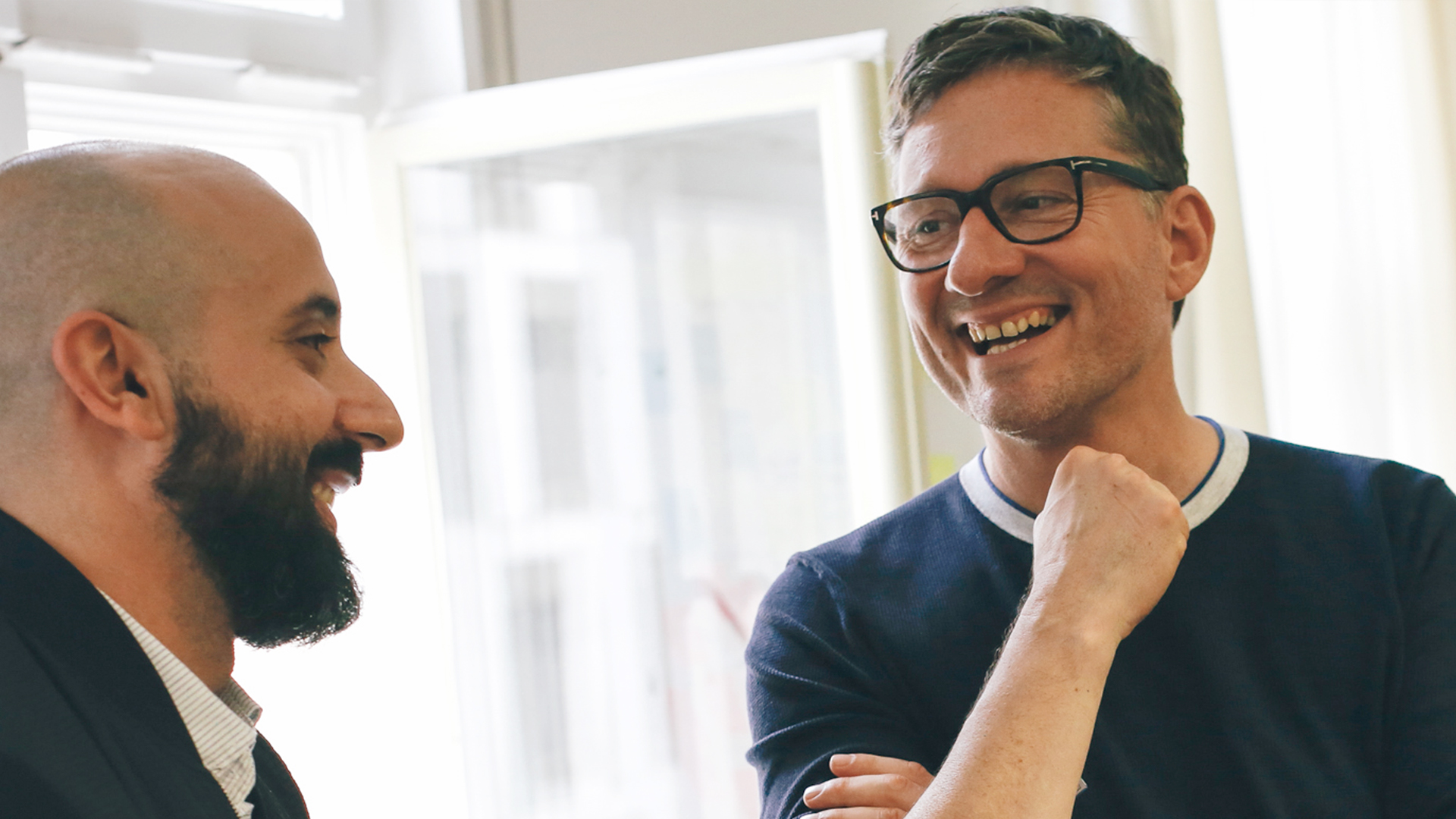
Service and Selected CasesPDF Download (PW required)
© 2025 Jan Pautsch
© 2025 Jan Pautsch